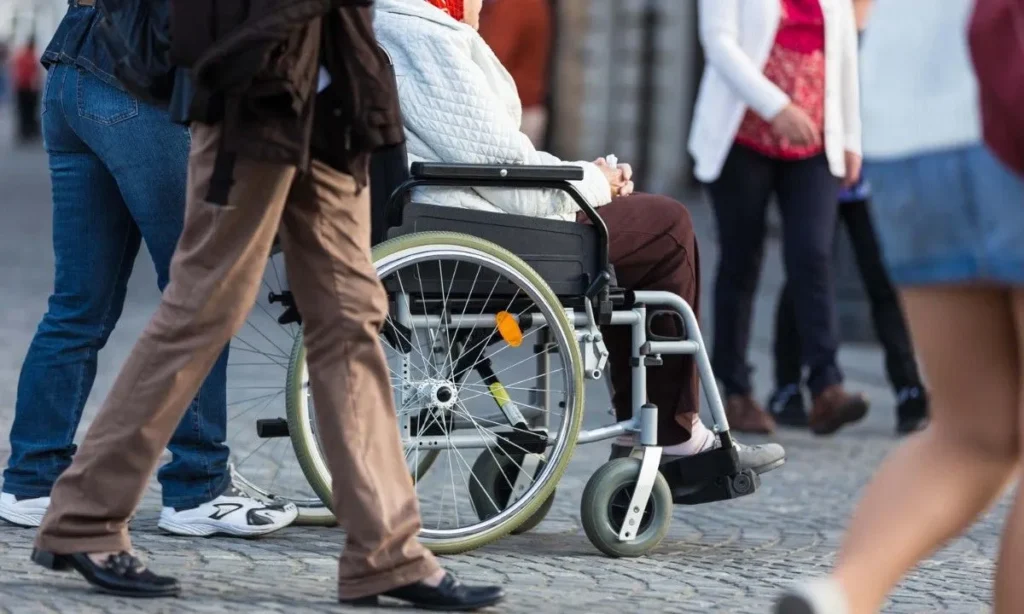The Department for Work and Pensions (DWP) has confirmed increases to disability benefits from April 2025, including Employment and Support Allowance (ESA), Personal Independence Payment (PIP), Disability Living Allowance (DLA), and Attendance Allowance. But recently, many people have seen claims about a new £560 disability payment, which has caused plenty of confusion. The truth is simple there is no new one-off £560 grant. The figure comes from the way weekly benefits add up when calculated as a monthly amount. Let’s look at what has really changed and what claimants can expect in 2025.
Where the £560 Payment Claim Came From
The much-talked-about £560 figure is not a new benefit. It comes directly from the ESA Support Group rate. People in this group are paid £140.55 per week, which works out to just over £560 in a typical month. Because most benefits are paid either weekly or every four weeks, some sources converted these into monthly amounts. Unfortunately, this has been misreported as a brand-new payment. The DWP has not launched any new £560 scheme, and the figure is simply the equivalent of regular weekly payments.
Employment and Support Allowance in 2025
ESA continues to provide financial help for people who cannot work due to illness or disability. It also protects future State Pension entitlement by giving claimants National Insurance credits. From April 2025, ESA rates rose slightly in line with inflation. For those under 25 in the assessment stage, the rate is £72.90 a week, while those aged 25 and over receive £92.05. People in the Work-Related Activity Group also receive £92.05 per week. The highest amount is paid to the Support Group, at £140.55 per week, which is the source of the £560 figure that caused so much confusion.
PIP and DLA Payments Explained

Personal Independence Payment (PIP) and Disability Living Allowance (DLA) help with the extra costs of living with a disability. PIP is for working-age adults, while DLA continues for children and some adults who qualified before the switch. These benefits are split into two parts: daily living and mobility. Depending on the level of award, PIP payments can range between £295 and £441 a month for daily living, and between £116 and £305 a month for mobility. DLA follows a similar pattern, with care and mobility elements providing monthly amounts that can go up to about £434. When added together, these payments often reach or pass the £560 mark, which explains why so many people believed there was a new benefit.
Attendance Allowance for Older Claimants
Attendance Allowance supports older people who need regular care or supervision. In 2025, it is paid at two levels £72.65 per week for the lower rate and £108.55 per week for the higher rate. These work out to roughly £290 to £434 a month. This allowance is also important because it can open the door to other support. People who receive it may also qualify for Pension Credit, Housing Benefit, or Council Tax Reduction, giving them extra help with living costs.
Benefit Increases in 2025
From April 2025, all disability benefits, including ESA, PIP, DLA and Attendance Allowance, were increased by around 1.7%. This rise was designed to protect payments against the rising cost of living. Although this increase makes a difference, it is important to understand that it does not include any new £560 lump sum. The figure that has been shared widely is simply the monthly value of existing ESA Support Group payments.
What the Future Holds
While payments increased slightly in 2025, bigger reforms are planned for later this decade. The government has already outlined changes for 2029 and 2030 that could affect millions of households. According to early estimates, around 250,000 families may be pushed below the poverty line when the reforms take effect. This makes it even more important for people to rely on accurate information. Misleading reports about new payments risk distracting from real policy changes that could have a major impact on disabled households.
To sum it up, there is no new £560 disability payment. The figure comes from the way existing weekly benefits add up over a month, particularly ESA Support Group payments. Current benefits remain structured as weekly or four-weekly payments, and many people receive more than one type of support, meaning their combined income can be above £560 each month.



